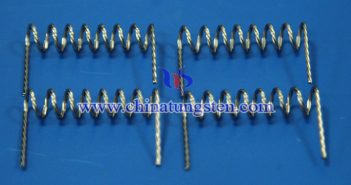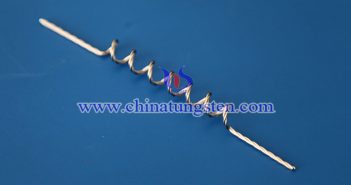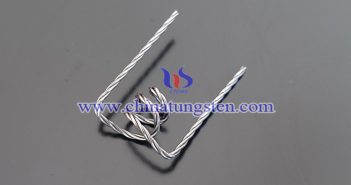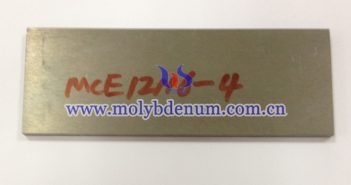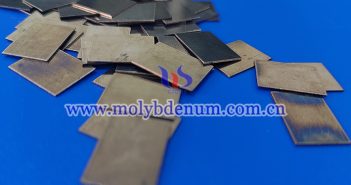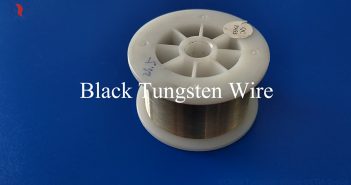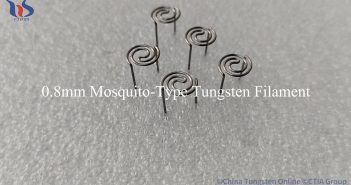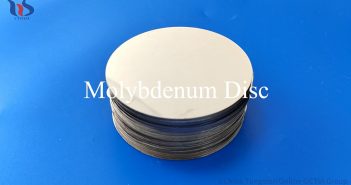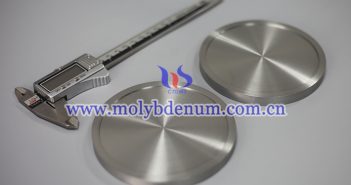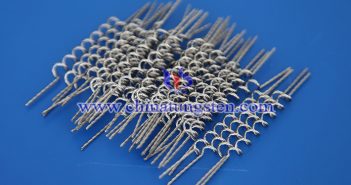
The manufacturing process of strand tungsten filaments involves several key steps, each of which significantly influences the filament’s final properties, such as its strength, conductivity, and heat resistance. Below is a typical process for manufacturing tungsten filaments and how each stage impacts the properties of the filaments: 1. Tungsten Powder Production The first step in the process involves producing tungsten powder, which serves as the raw material for filament production. Tungsten is typically extracted from ores such as scheelite (CaWO?)…

